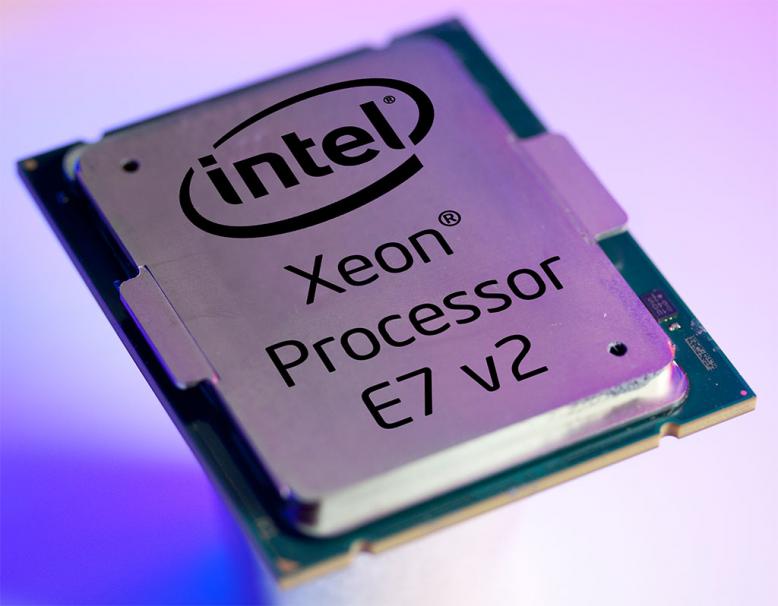STAC Report: STAC-A2 on 2-socket and 4-socket Intel Ivy Bridge systems

4-socket Xeon beats a system using GPUs to become fastest system tested to date.
19 May 2014 - New York
STAC recently tested 2-socket "Ivy Bridge EP" and 4-socket "Ivy Bridge EX" systems from Intel against STAC-A2, the user-developed benchmark standard based on financial market risk analysis. The STAC Reports are now available here:
In addition, qualified STAC members may access the detailed STAC Configuration Disclosures and micro-detailed SOS reports here*:
STAC-A2 is a rigorous benchmark suite developed by quants and technologists from some of the world's largest banks. It reports the performance, scaling, quality, and resource-efficiency of any technology stack that is able to handle the workload (Monte Carlo estimation of Heston-based Greeks for a path-dependent, multi-asset option with early exercise).
Those of you who follow STAC-A2 will know that over the past 18 months, we have used it to test several configurations involving CPUs, GPUs, and Intel's Xeon Phi co-processor (some results are public, and some are in the STAC Vault). Following the last STAC Report on an Intel system, Intel re-optimized its benchmark implementation (qualified STAC members can access the new code). This month we tested that new implementation on a 2-socket Ivy Bridge system and a 4-socket Ivy Bridge EX system, the first time the latter has been tested. Highlights:
-
The 4-socket system set new records. It was the fastest in the end-to-end Greeks benchmark (STAC-A2.beta2.GREEKS.TIME) of any system published to date, beating the average speed of the next fastest system (which used GPUs) by 34%. In the capacity tests, this system also handled 63% more assets and 58% more paths than the GPU-based system, which held the previous record. (Assets and paths are key dimensions of the problem size.)
- The 2-socket results were significantly better than those reported on a similar (but not identical) 2-socket system we tested last year: over 4x speedup for the average end-to-end Greeks benchmark, over 2x the paths capacity, and over 62% more assets capacity.
Intel will discuss their new code optimizations at the upcoming STAC Summits in Chicago, London, and New York. If you work with C++ in computational finance, you'll benefit from attending.
----
* A subscriber from a firm with a premium membership in the STAC Benchmark Council should be permissioned automatically to the STAC Configuration Disclosure (make sure you are logged in). If you get an access-denied message and believe you are entitled to these documents, or if you'd like to ask about premium subscription options for your firm, please contact us. An Observer Member firm that has not already received a complimentary report may request access to the STAC Configuration Disclosure for either the 2-socket system or the 4-socket system.
About STAC News
Read the latest about research, events, and other important news from STAC.
